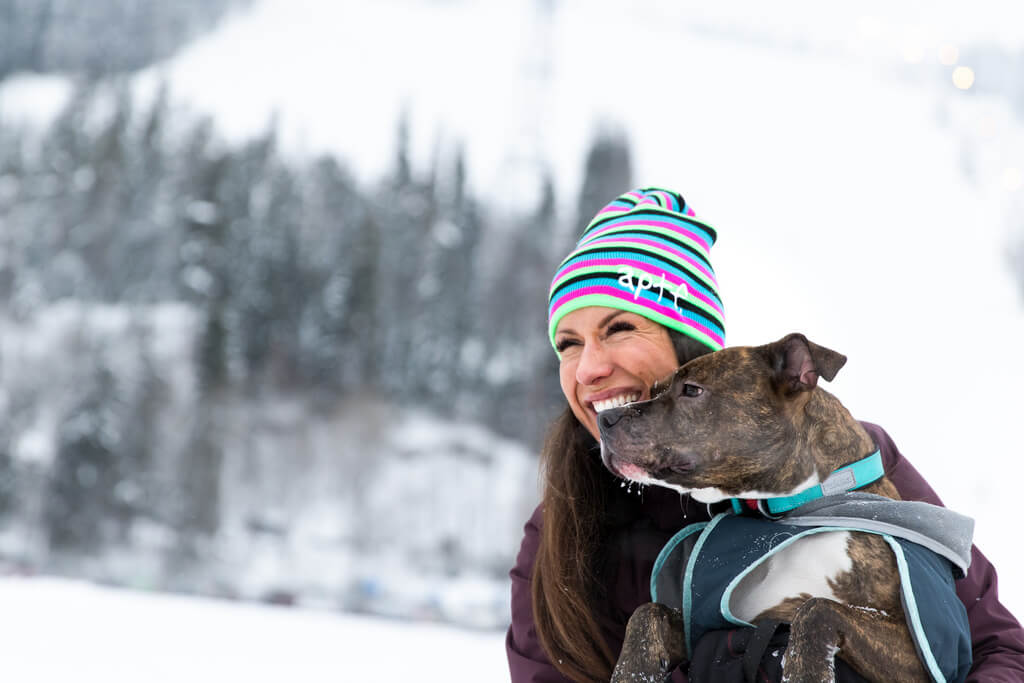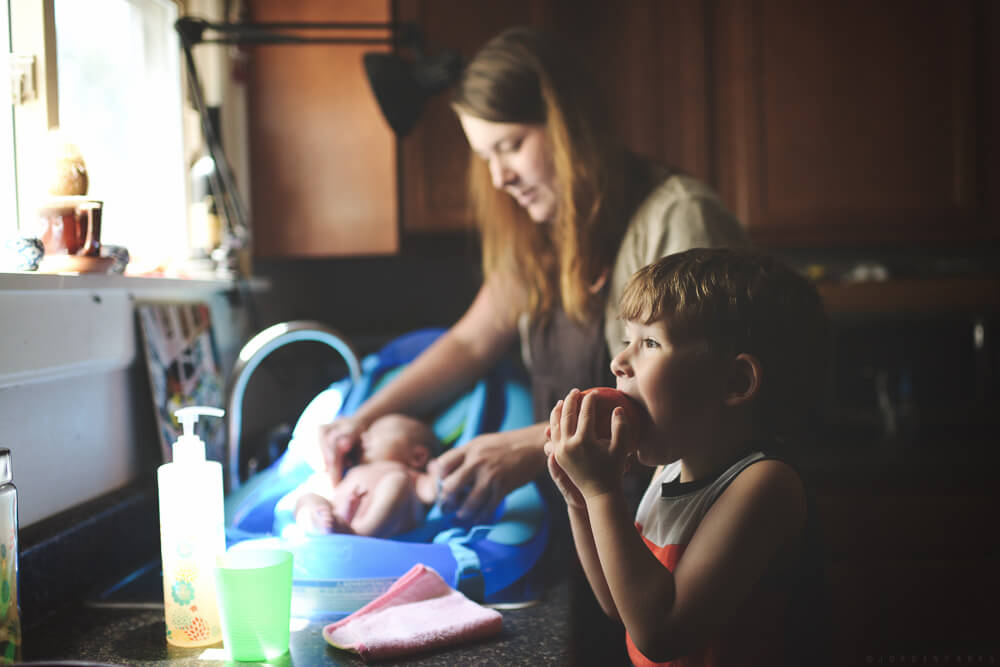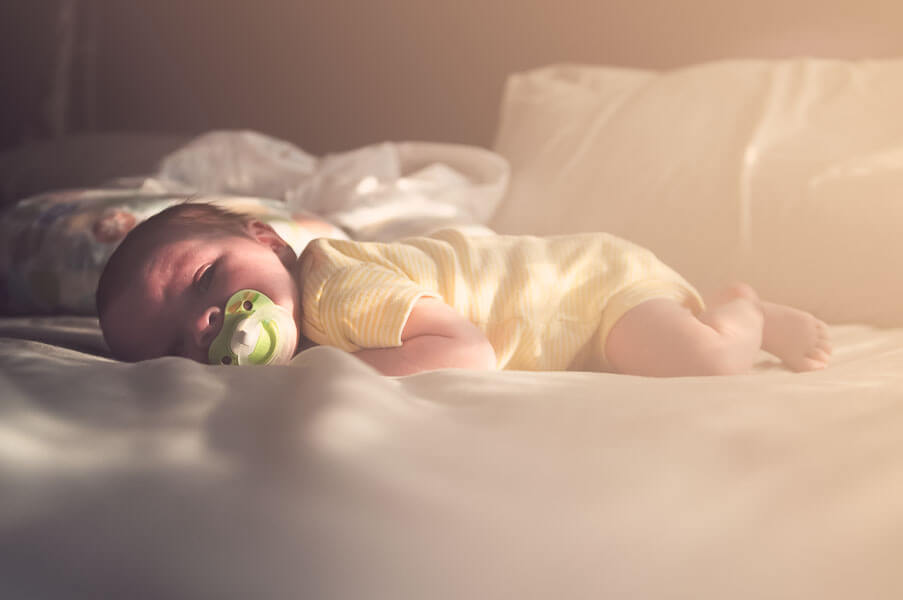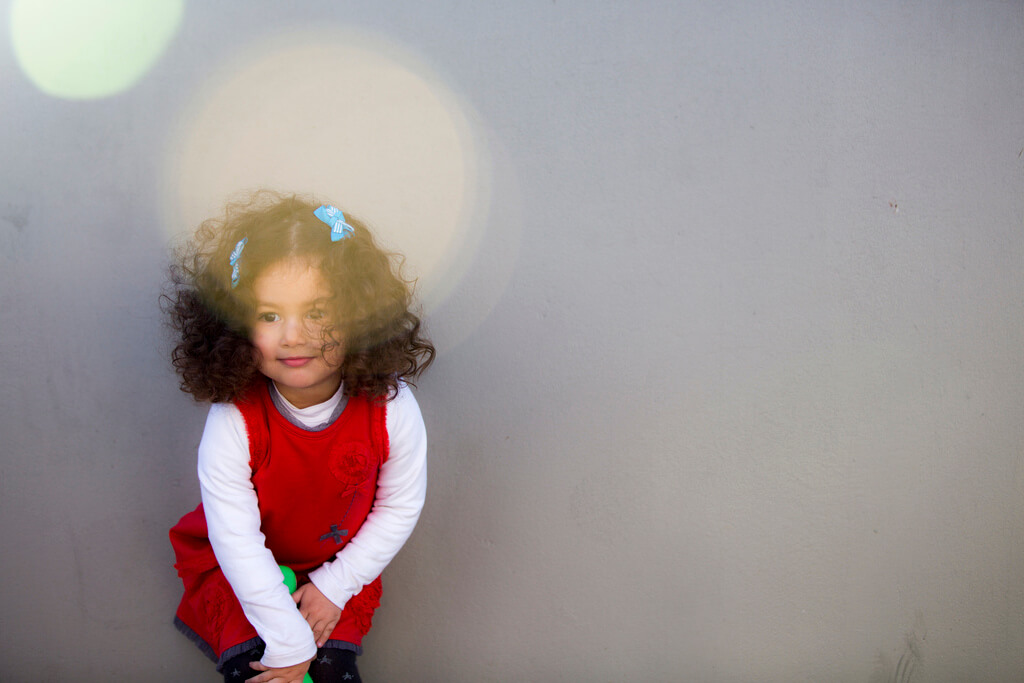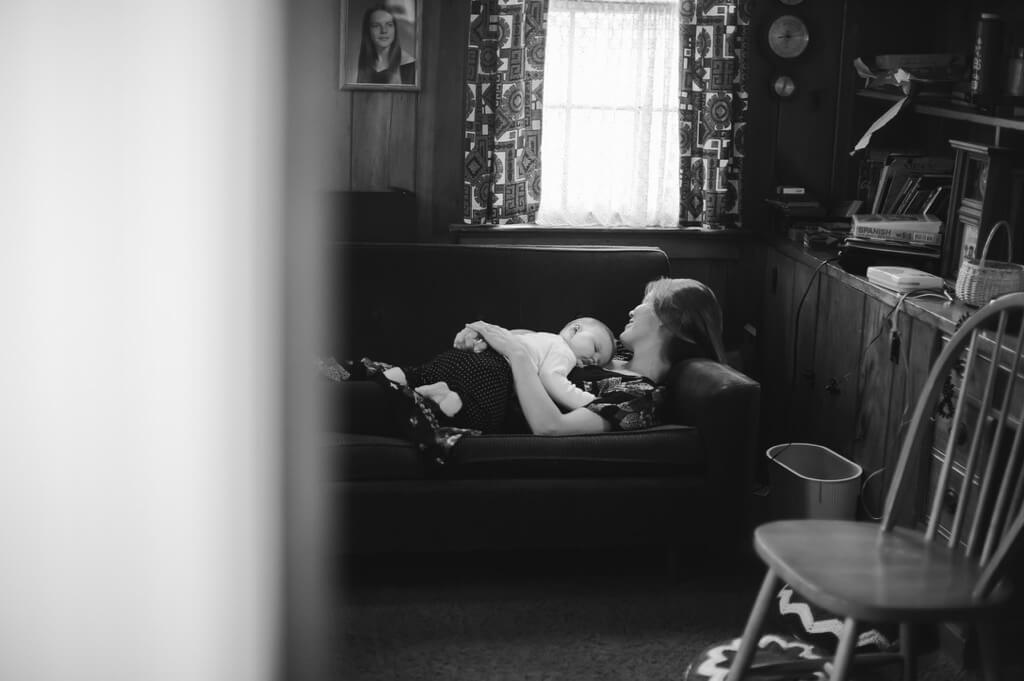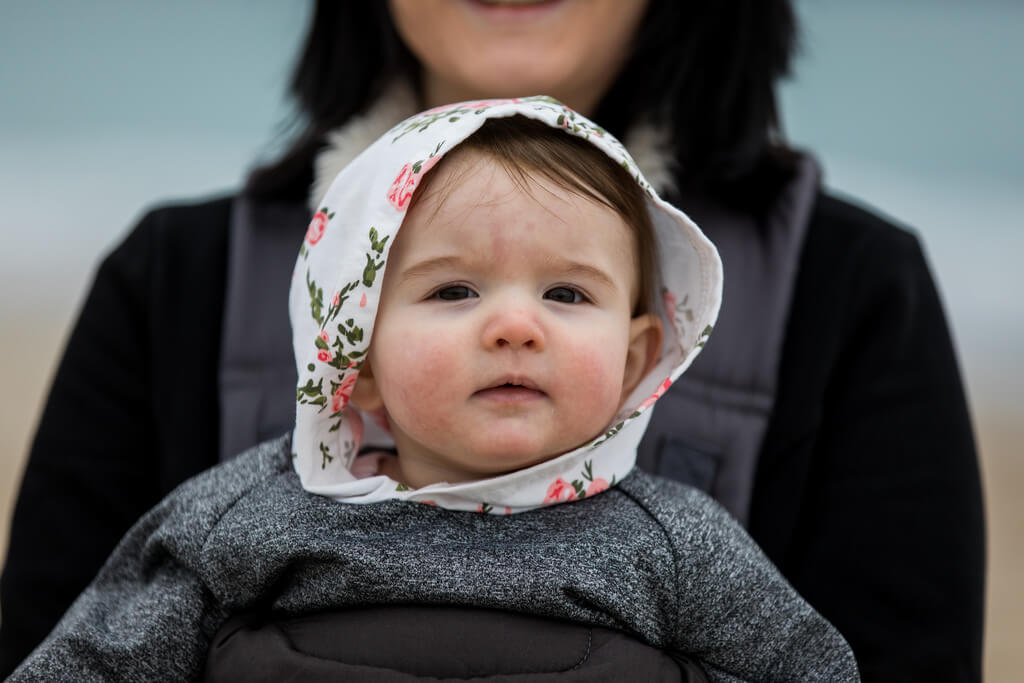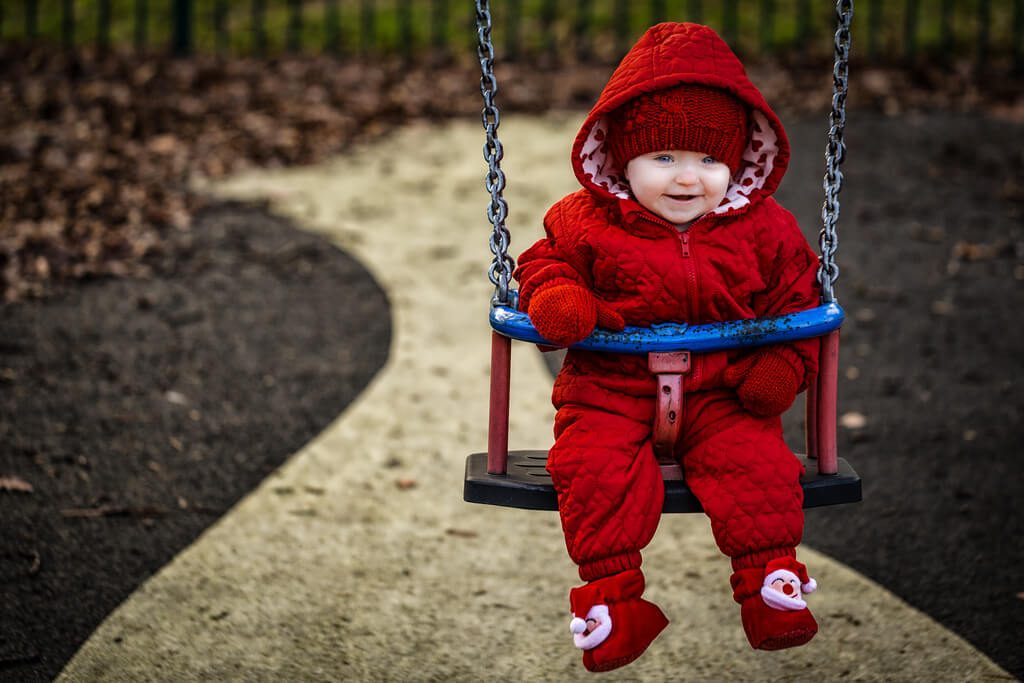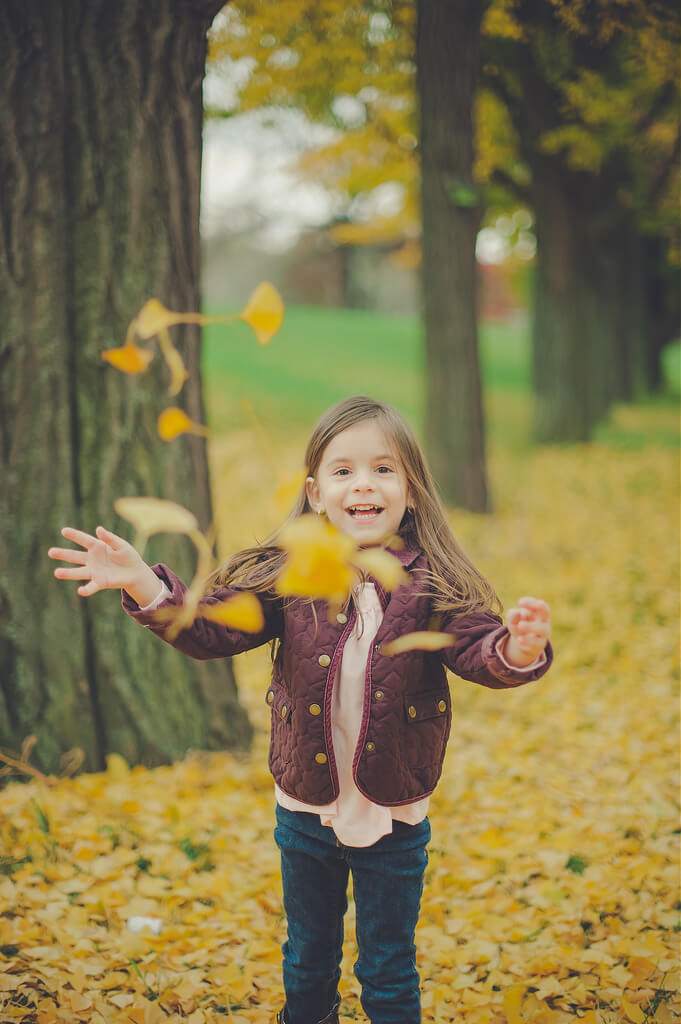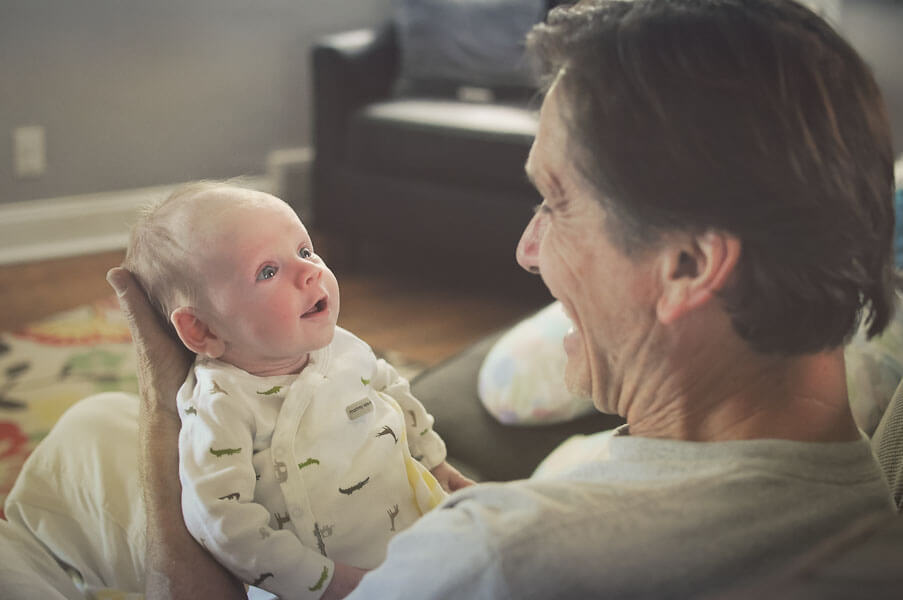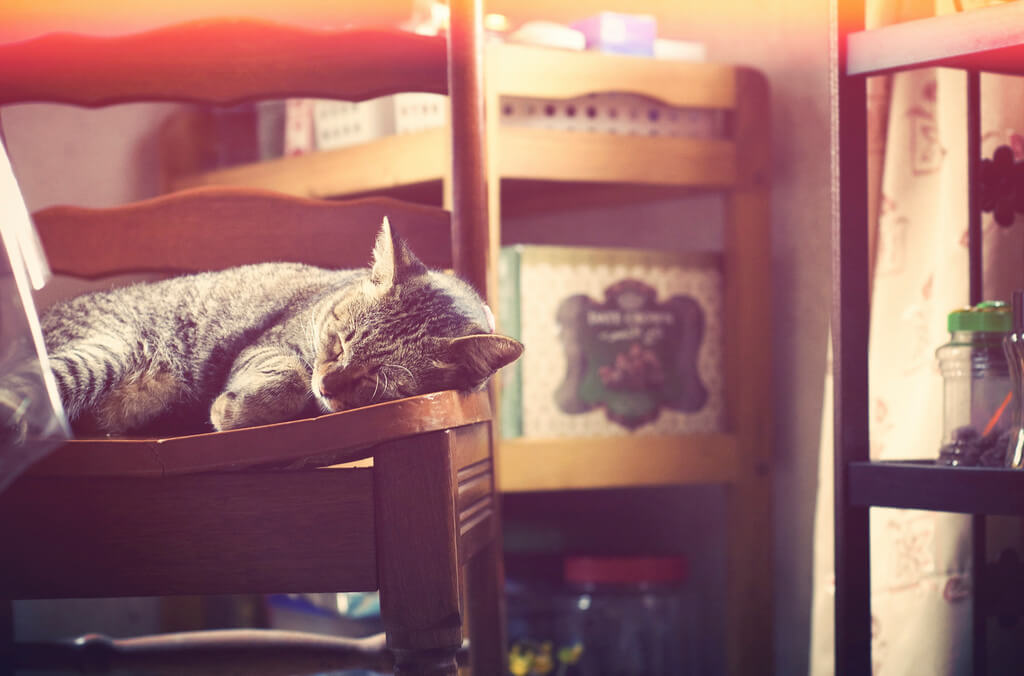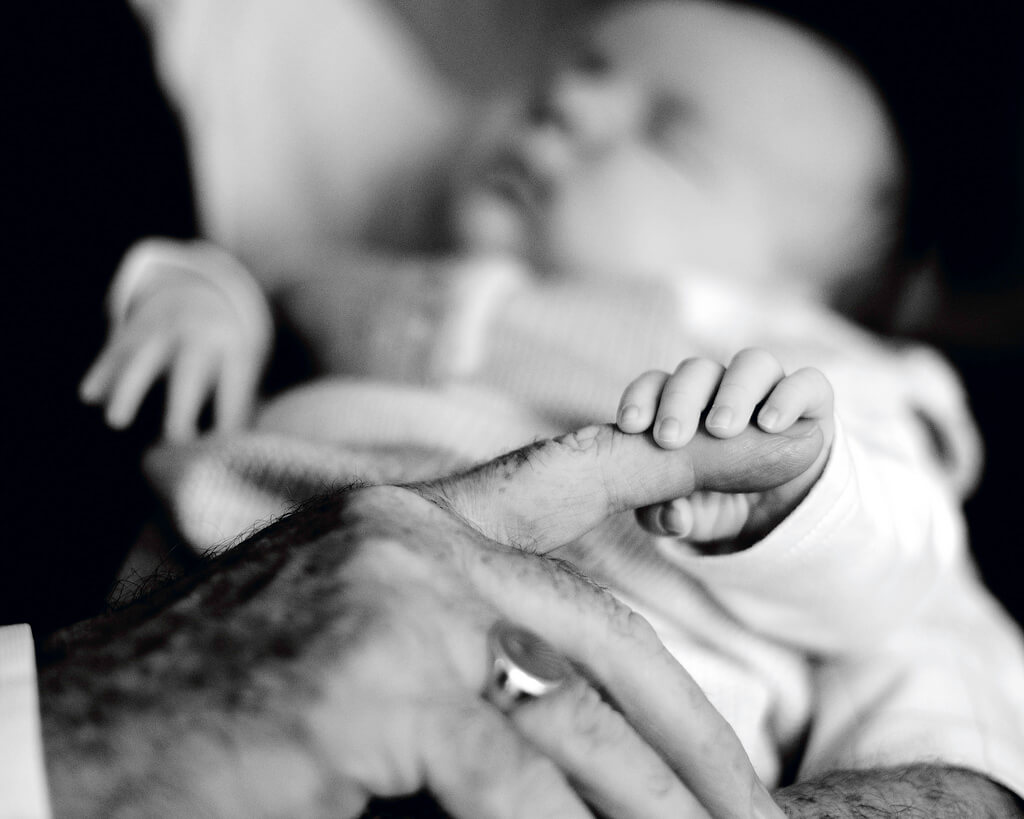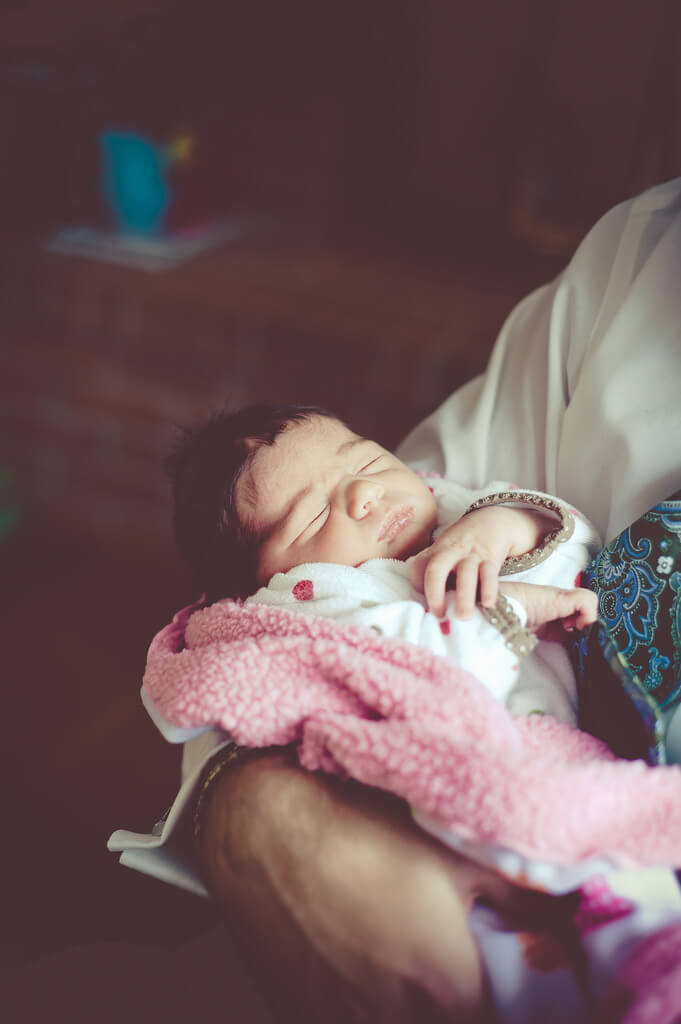Like fine art photography, lifestyle photography is a vague yet common term photographers often use. What exactly does it mean to shoot lifestyle photos, and how is it different from regular portrait photography?
Essentially, lifestyle photography is the halfway point between posed portrait sessions and candid documentary photography. In lifestyle photography, you try to capture life as it is, but instead of waiting for perfect, everyday moments to happen, you plan a photo shoot that will naturally create those moments.
Lifestyle portraits are a great option for photographers and models who don’t like the staged look of posed portraits. If you love taking candid photos yet still want nice, professional-looking portraits, try shooting lifestyle photography. Here are some tips and inspiring images to start off with!
Lifestyle Photography Tips and Inspiration
Unlike studio portraiture, you can’t control everything in a lifestyle shoot. However, there are a few things you can control to guarantee a successful shoot. Here are a few ways lifestyle photographers create beautiful, candid portraits every time they have a shoot.
Have a plan.
When heading into a lifestyle shoot, the first mistake a photographer can make is not having a plan. You might think spontaneity is necessary for natural-looking shots, but in practice, it can lead to awkwardness and wasted time.
Even though the models aren’t posing, they still want to know there’s a professional who’s leading the shoot. Creating a plan ahead of time will establish your authority as a professional and provide much-needed structure to the shoot. This structure can help everyone loosen up and enjoy what’s happening.
When making a plan, start by getting to know your model’s personality. What activities do they like to do? Where do they feel most comfortable? Then, plan a photo shoot that is full of those activities. You don’t have to do everything, but you want to have enough activities planned so you can move on if one isn’t working.
Federica Giordano – Where words fail Music speaks.
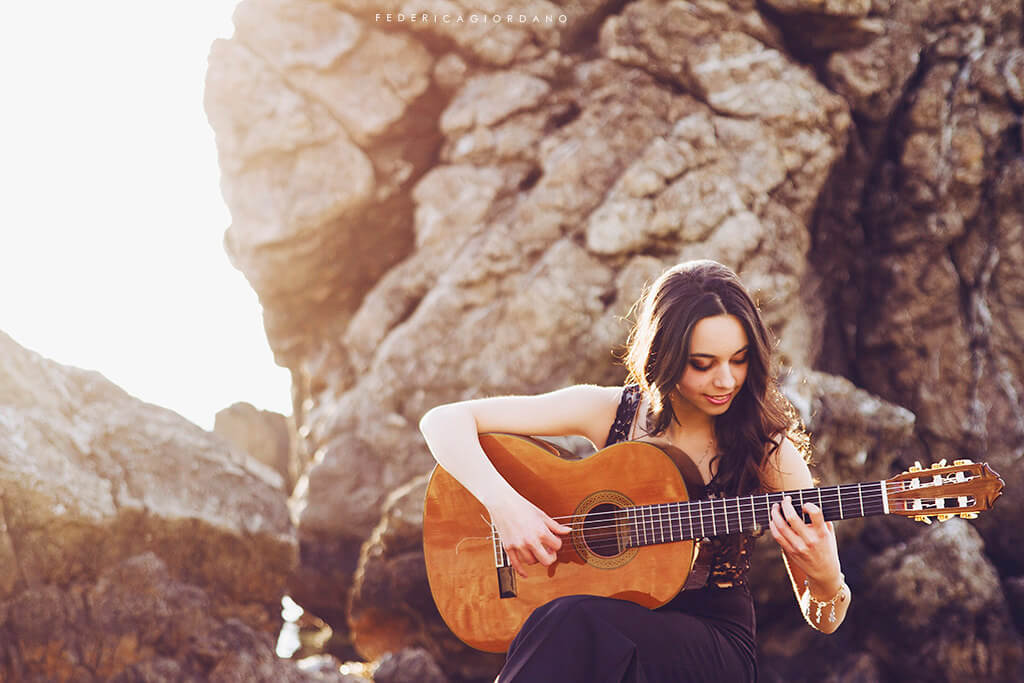
John Rosemeyer – The Future’s So Bright
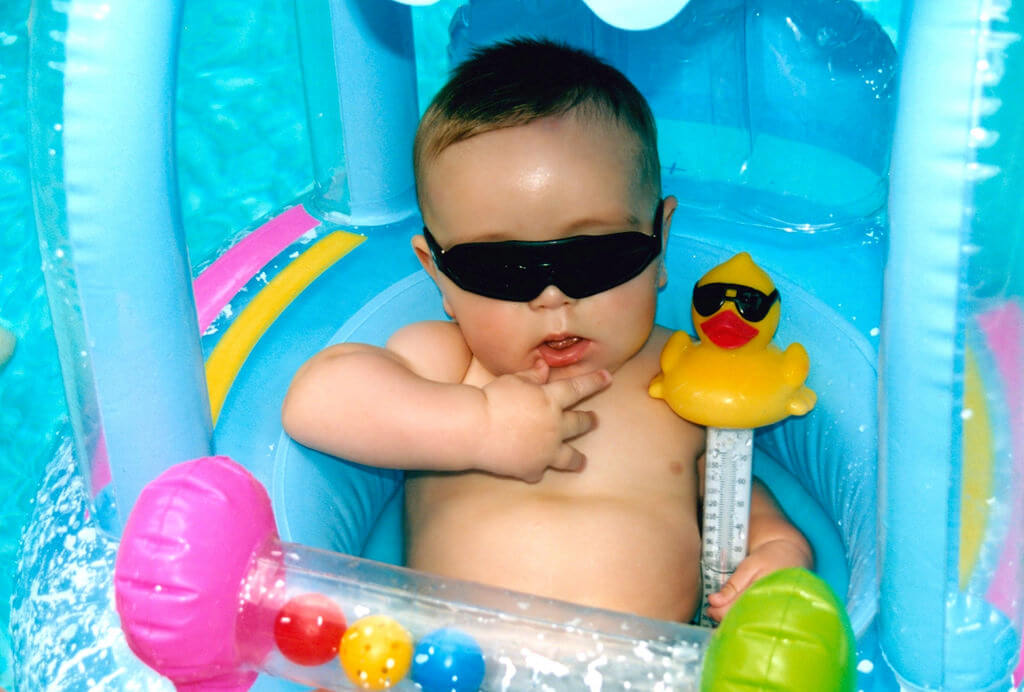
Choose a couple everyday locations in your model’s life.
These locations can be indoors or outdoors, at home or somewhere else. It will depend entirely on your model and their life. Some people are homebodies who feel most comfortable hanging out in their living room. Others are rarely at home, choosing instead to go outdoors or traveling whenever they can.
If possible, plan for more than one location. Having a variety of locations will bring out more sides of your model’s personality and reduce stress if something interferes with one location. For instance, you can start off at a beach they love, then head to a favorite restaurant close by, before going back to their home.
When you arrive at a location, focus on finding the best lighting, first and foremost. Without good lighting, your photos won’t look professional, no matter how well-composed and authentic they look. You can find good lighting in every location, but you may need to use a reflector, put up your ISO, or plan your shoot for a specific time of day, like the Golden Hour.
Tristan 'Shu' Lebeschu – The hike with Antoine Montant
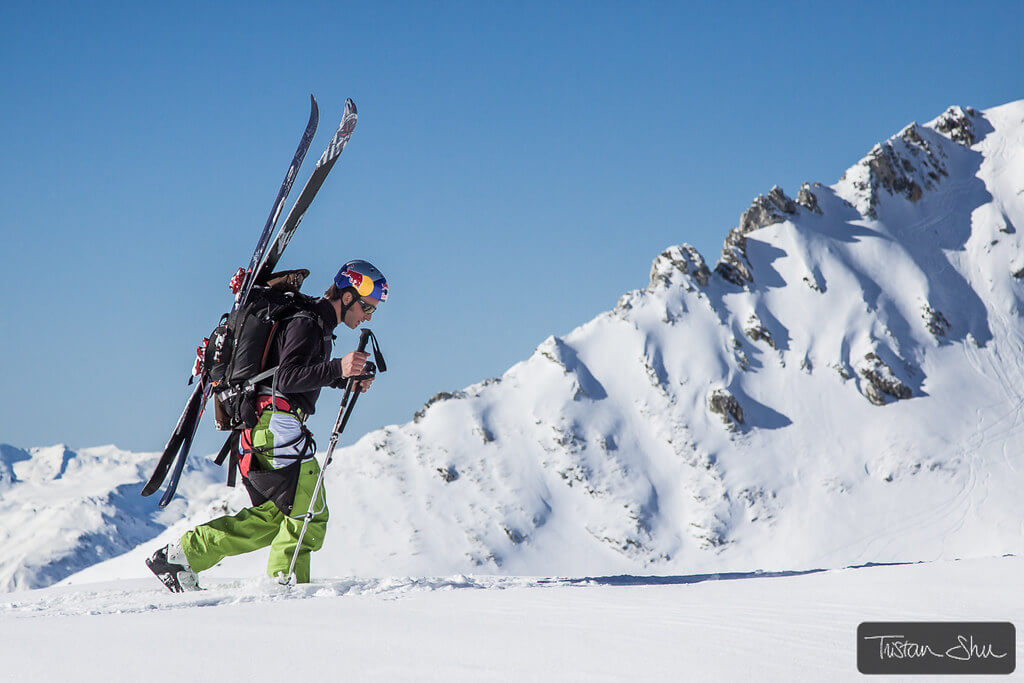
Federica Giordano – Friendship
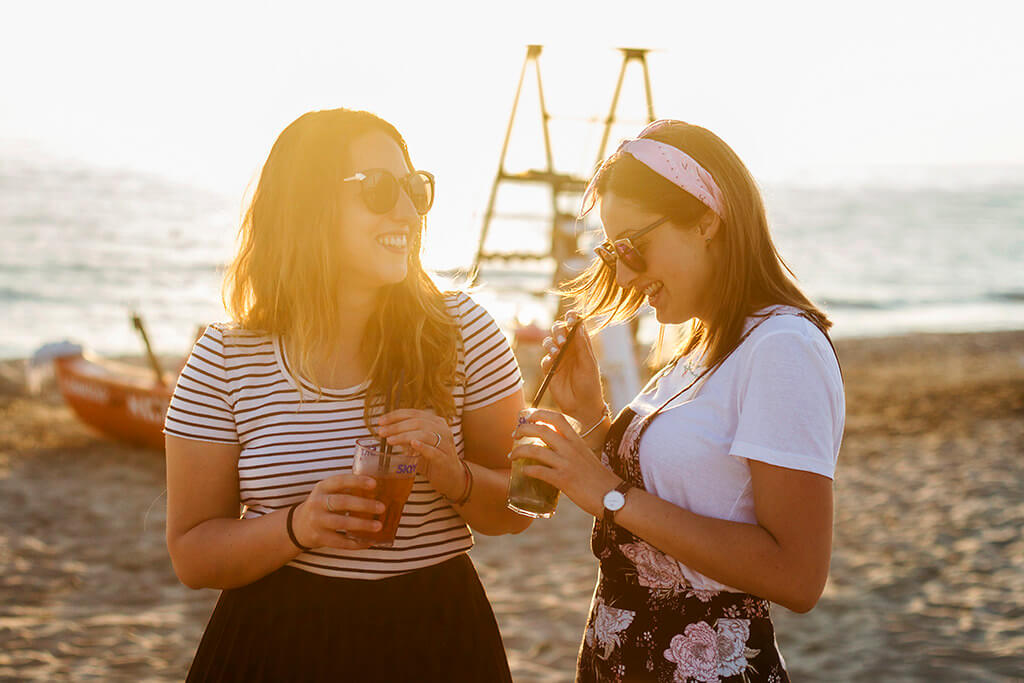
Prep the scene before the shoot begins.
It can take time for models to feel comfortable and act naturally when a photographer is present. Once they’ve relaxed, your goal is to stay inconspicuous. That doesn’t mean being quiet and shooting with a telephoto lens. Sometimes, being inconspicuous means getting involved as part of the group and conversation.
In this way, lifestyle photography is different from shooting big events like weddings. When there are a lot of people, you can blend in easily as an outsider. But when you’re in a small group, you immediately stand out as the stranger.
To be unnoticeable, you may actually need to participate and connect with the group. You have to be present and listen to what they’re saying. Then, when you take photos, you’ll be like a friend or family member rather than a stranger swooping in for a shot.
That’s one reason why you want to set up the scene before the shoot begins. If you’re busy moving things around, you’ll separate yourself from the group and draw attention. Kids, especially, can be easily distracted by curtains opening or toys being pushed aside. Tidy up and find good lighting beforehand, so it won’t interrupt the natural moments you’re trying to capture.
Heather Williams – Mom/son moment

Greig Reid – blue curve adj + night-fate soft vintage action
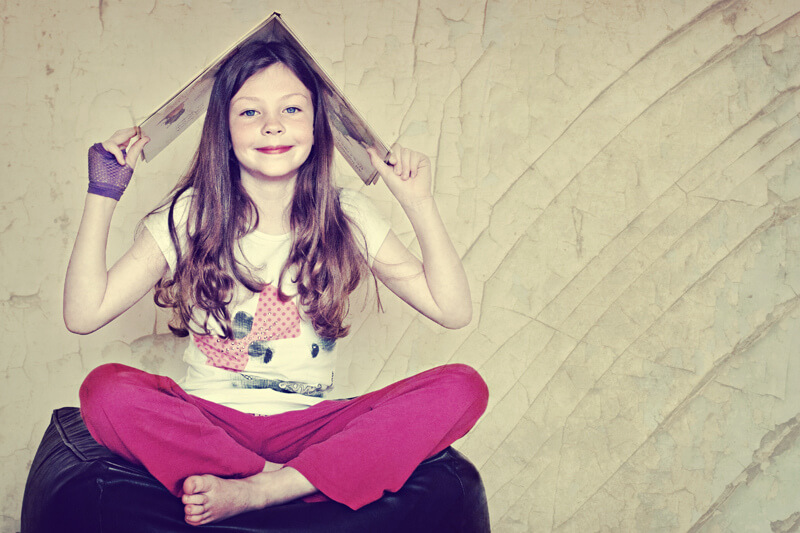
Aim for authenticity.
A lifestyle shoot is never 100% authentic because it’s been planned and set up as a shoot. Nevertheless, you can get images that reflect real life. The activities, locations, and expressions are all genuine parts of the person’s life, not something you created for the photoshoot alone.
Authenticity also means letting the models choose everyday clothes and makeup they would naturally wear. You can give a few tips – like keeping accessories simple and avoiding bright, busy patterns – but they shouldn’t wear something new just for the shoot.
Similarly, if you’re using props, choose things they already have and use on a regular basis. For example, if the shoot includes children (as many do), you can use toys the kids already love and play with daily. Then, when the family sees the portraits years later, they’ll have an emotional connection with those toys and remember that time of their kid’s childhood.
Greig Reid – Daughter playing guitar
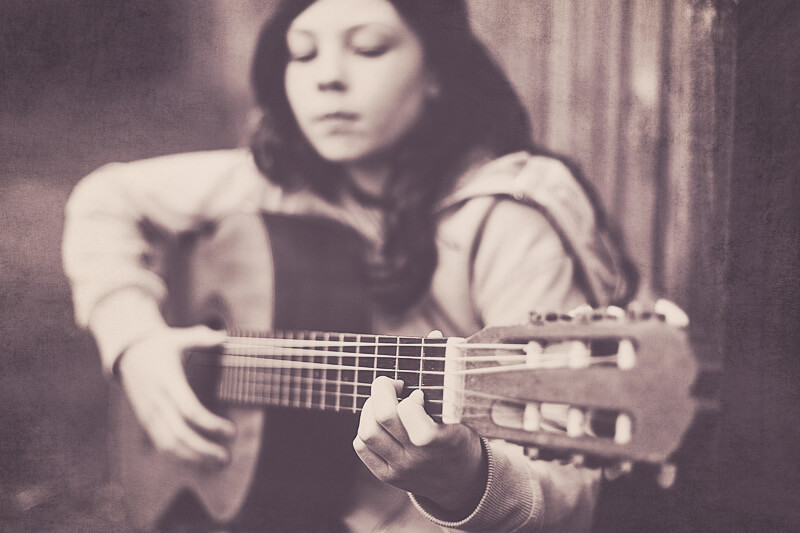
Aurimas Mikalauskas – Saugumas
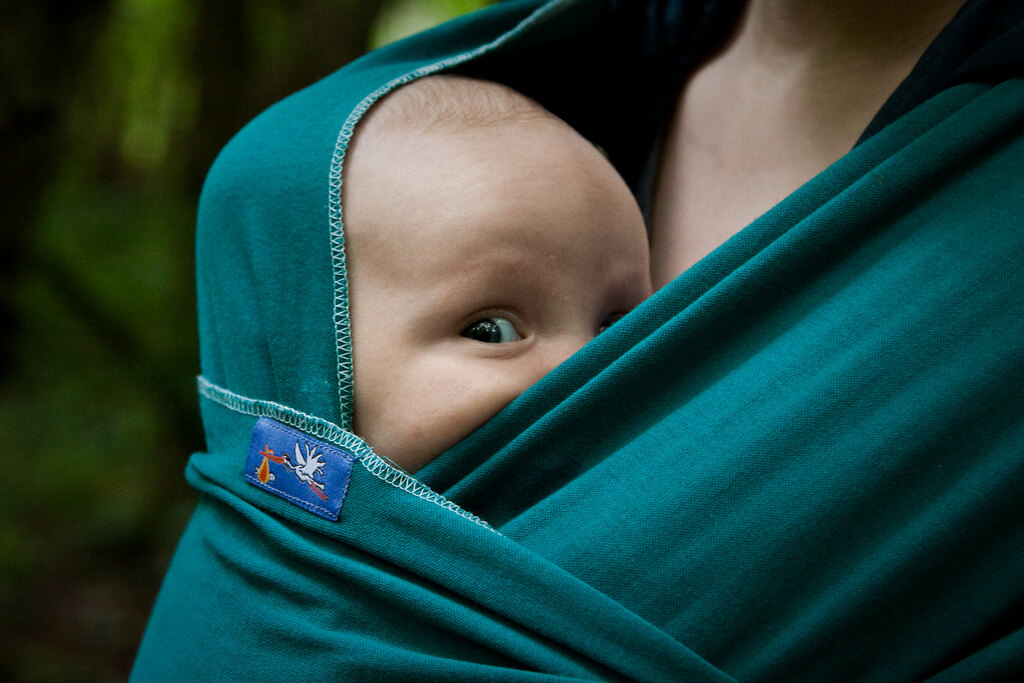
photography by anika alonzo – new headphones
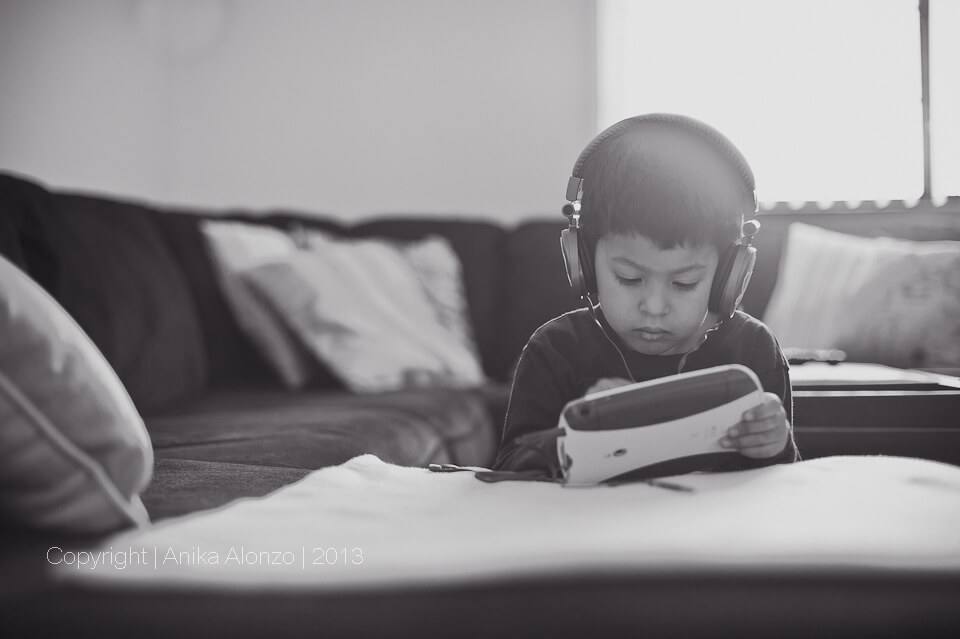
Guide the activities, not the poses.
In a posed portrait session, you can direct every detail. You can tell your model how to hold their head or where exactly to put their hands. But in a lifestyle shoot, these comments distract from the activity and undermine the natural feeling of the shoot.
However, if you want to get a lot of great photos within a short period of time, you still have to do some directing. Typically, the best directions in lifestyle shoots are general and activity-related. For instance, if you’re having a picnic, you can direct where to lay down the picnic blanket, so it’s in good lighting. Or, if the current activity isn’t working, you can prompt the next one.
If you’ve planned activities that are fun and familiar to your models, you’re likely to get nice shots with only these simple instructions. Nevertheless, keep in mind that some models will crave guidance more than others. If the shoot isn’t working despite the fun activities and simple directions, you might need to give more instructions, telling the models exactly where to stand and what to do.
Ideally, you won’t need to give these exact directions, since they can take away the candidness of the shoot. But sometimes, it’s the only way to get natural-looking photos with models who freeze up without directions. Each shoot will be different as you find a balance between spontaneity and guidance with your models’ personalities.
Make it fun for the kids.
A lot of lifestyle shoots include children, who are typically less cooperative than adults during photo shoots. This rebellious streak can be perfect for candid portraiture, but it can also backfire if you’ve planned the wrong activity or time for the shoot.
If kids are tired, hungry, or bored, you’ll have a harder time getting nice portraits than when they’re happy and having fun. That’s why, when kids are involved, it’s important to plan the shoot around their interests and daily routine. For example, if they’re often in a wonderful mood at 8 am, plan a shoot at that time! If they love going outside even if it’s raining, consider doing the shoot entirely or partly outdoors.
Of course, some kids’ activities are more photogenic than others, and in a big family, you could have conflicting interests and routines. Generally, though, parents will know what times and locations work best for their family. Together, you can plan a shoot that’s fun for the kids, which will make the parents happier and more relaxed, too.
arianne leishman – Bridgestone
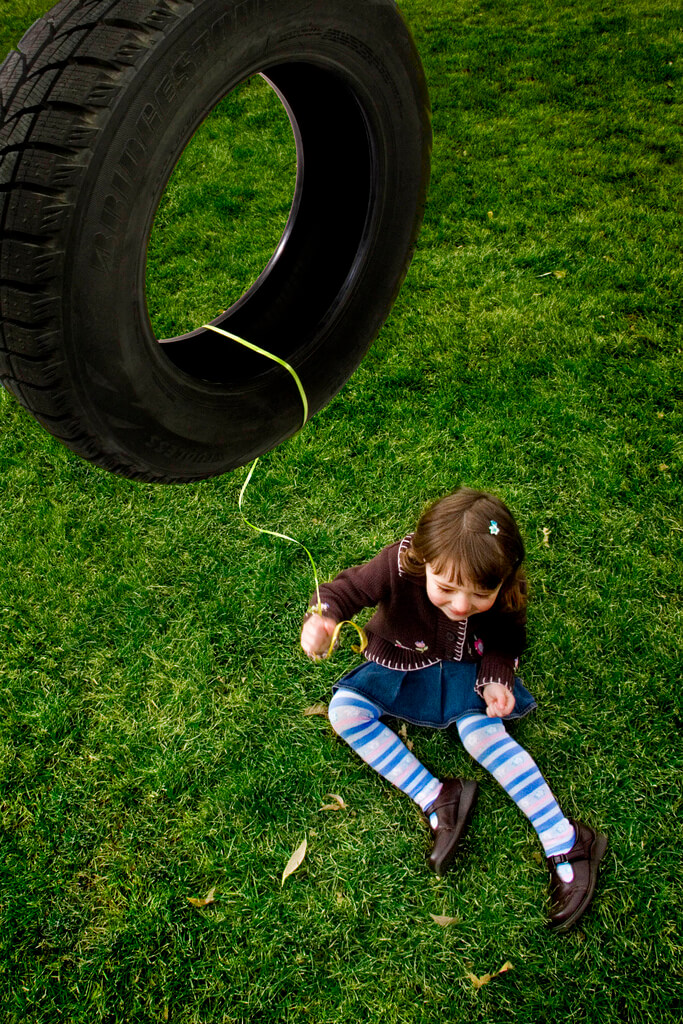
Xavier D. Buendia – Go ahead, jump!
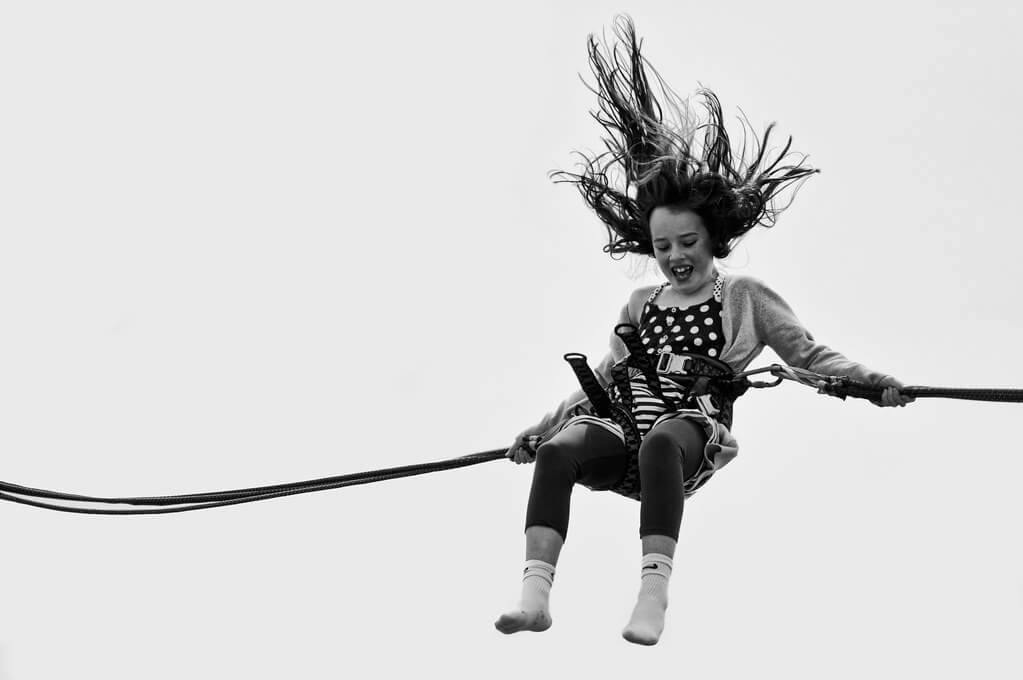
Try to anticipate photogenic moments.
Many beautiful moments last only a second. That’s why it’s crucial to think in advance and start shooting before that moment happens. Keep your camera ready at all times, and shoot in burst mode, so you can catch the seconds before and after every picturesque moment.
In some ways, lifestyle photography resembles wildlife photography. While there’s always a certain amount of luck involved, you can increase your chances of getting nice shots by paying close attention to how your models are interacting with each other and their environment. There’s some predictability to how people behave; for example, when someone is being silly or telling a joke, you can anticipate a smile.
You can also anticipate awesome shots by looking at the background and lighting of the scene. By moving around the scene, you can discover a way of composing your models that’s powerful in itself. After all, an excellent composition can be as eye-catching as a candid smile.
Harsha K R – Ojas’ First Shoot
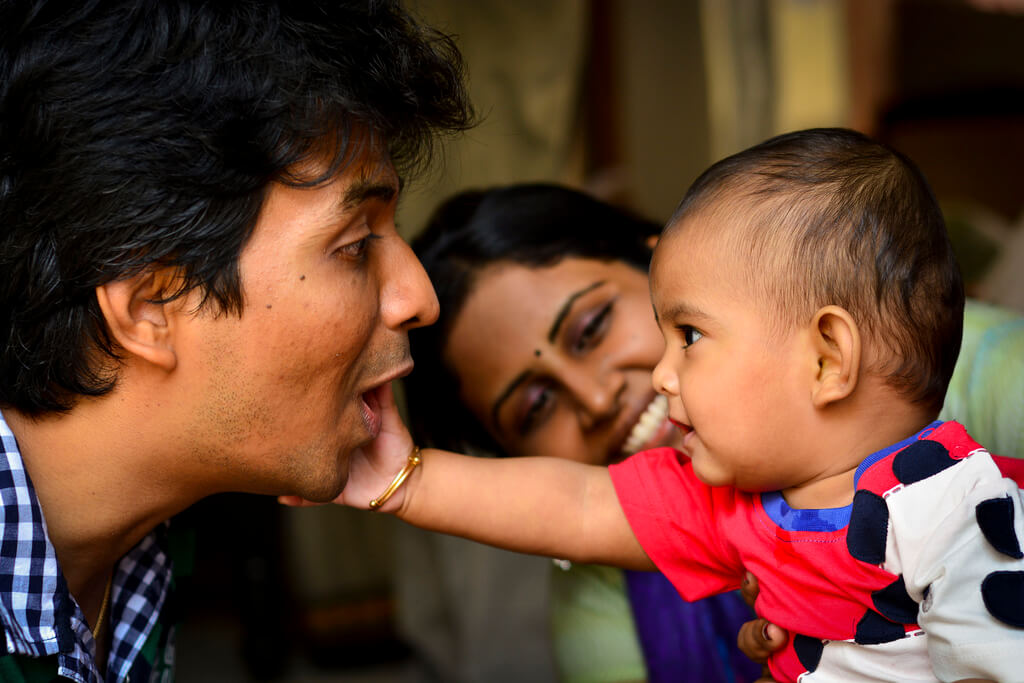
Create a story.
Lifestyle shoots can be an experience or story in themselves. Capturing details that make up this story – like the baby’s tiny fingers or the cat sleeping in the corner – provide context that can make the portraits more meaningful.
In addition to details, think about capturing the environment as a whole. Try stepping back and shooting the scene with a wide-angle lens. Experiment with different angles, so that you capture more than just the models. Think about how you can create a narrative with your shots, going beyond nice portraits alone.
David Mar Sigurdsson – Viktor Smári
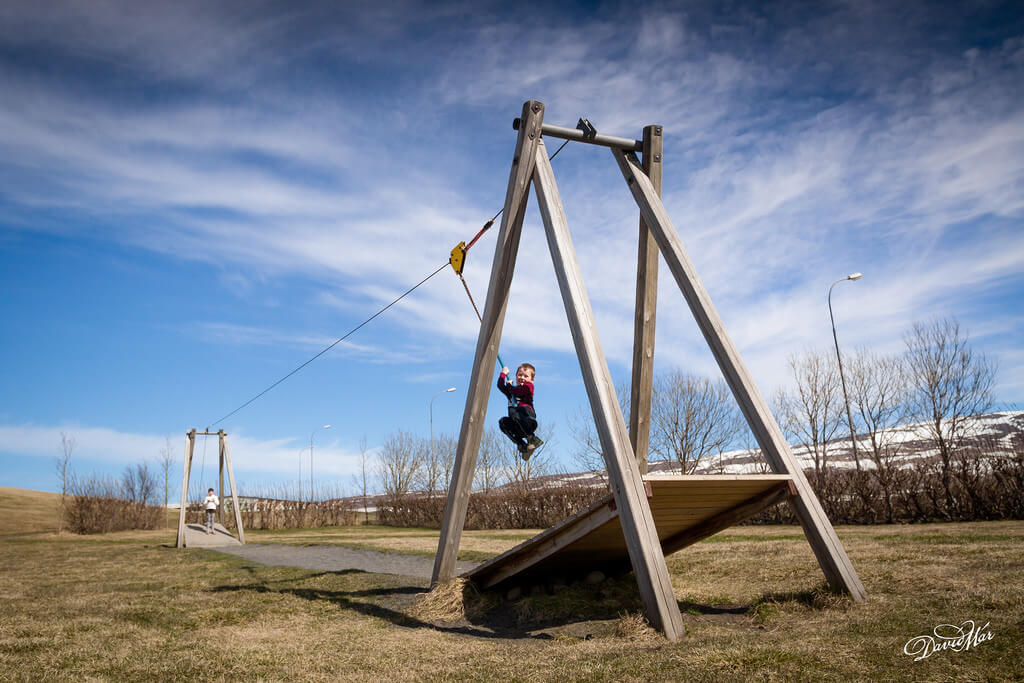
Bill Pennington – Birth of a Water Fairy
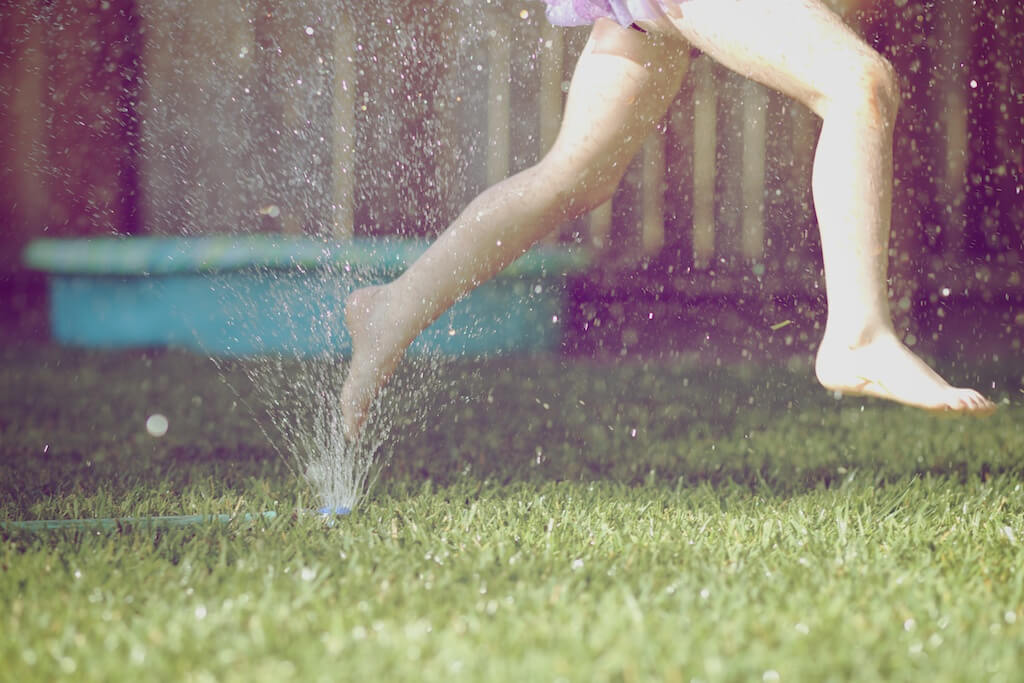
Work with an assistant.
If possible, bring someone along to help with the shoot. This additional person can be another photographer or an assistant who knows how to handle photography gear like reflectors. Either way, they can help you deal with all kinds of situations, from positioning lighting equipment to entertaining the kids.
Assistants are especially valuable when you’re planning an adventure lifestyle shoot, held out in the wilderness. Planning, directing, getting great shots, and keeping the shoot fun and safe in the wilderness can be a lot for one photographer to handle. That’s why adventure photographers often team up with someone else who can help out.
For instance, photographers Abbi & Callen Hearne are a husband-and-wife team who shoot adventure elopements, weddings, engagements, and lifestyle shoots in national parks. Abbi is the main photographer, directing and planning everything, while Callen keeps it all fun and shoots the creative, “extra” photos that couples end up loving.
That’s not to say you should pressure your spouse to assist with your lifestyle shoots. Your assistant should want to be there, whether because they’re interested in the shoot or because they’re a mentee, learning photography from you. Perhaps they’re even a business partner, trying to build a robust photography career with you.
In any case, a good assistant can make the whole shoot go more smoothly. But if you’re unable to find an assistant, you can still have a successful lifestyle shoot. You just have to be aware of potential challenges, like lighting, and know how you’ll independently deal with that. Plenty of photographers make it work – you can, too!
Vikas Sandhu – Lila’s tootsies
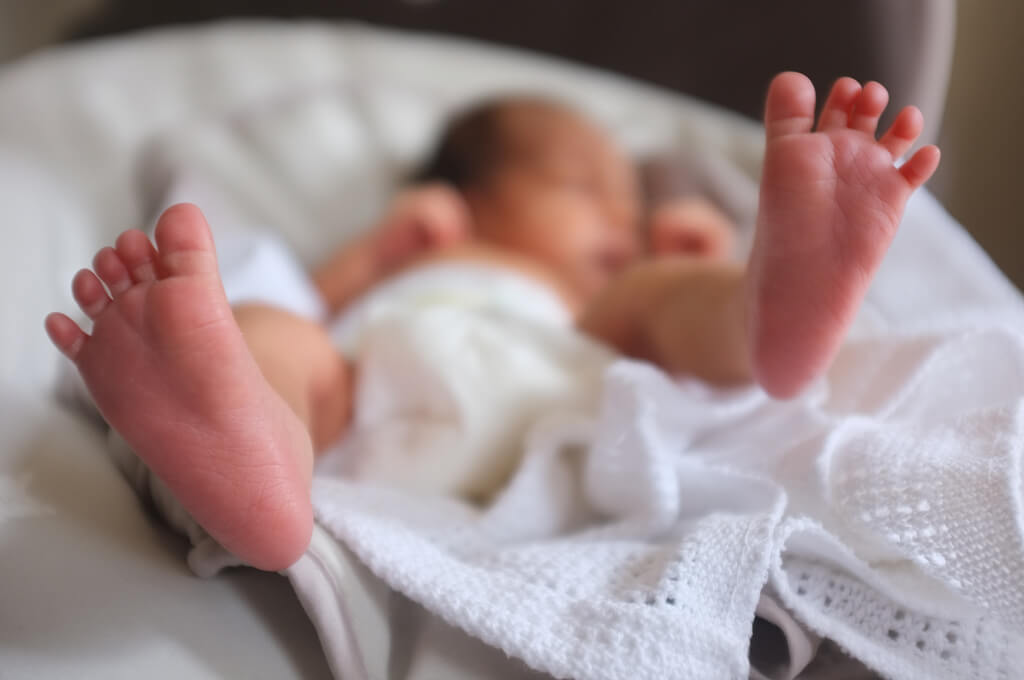
Many of the above images were selected from our fantastic Flickr community. Next time you take a lifestyle photo, add it to the group so we can admire it!
